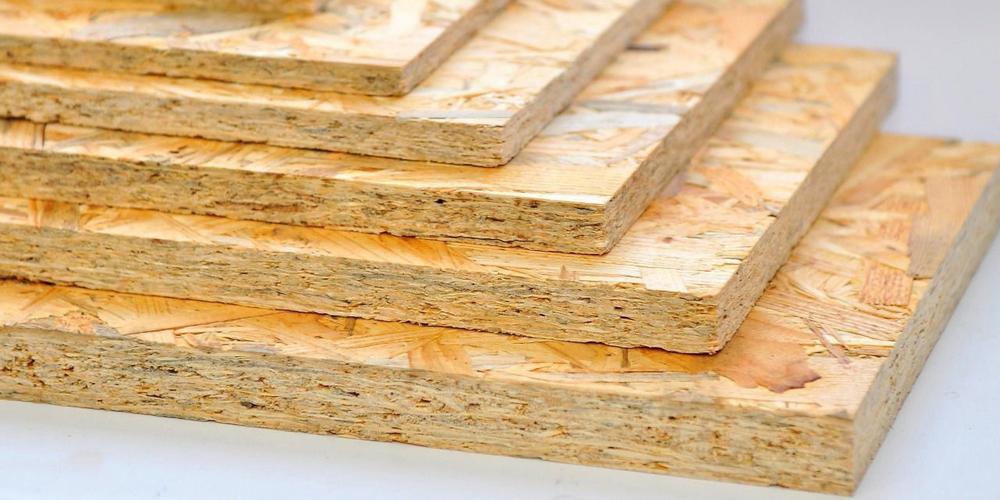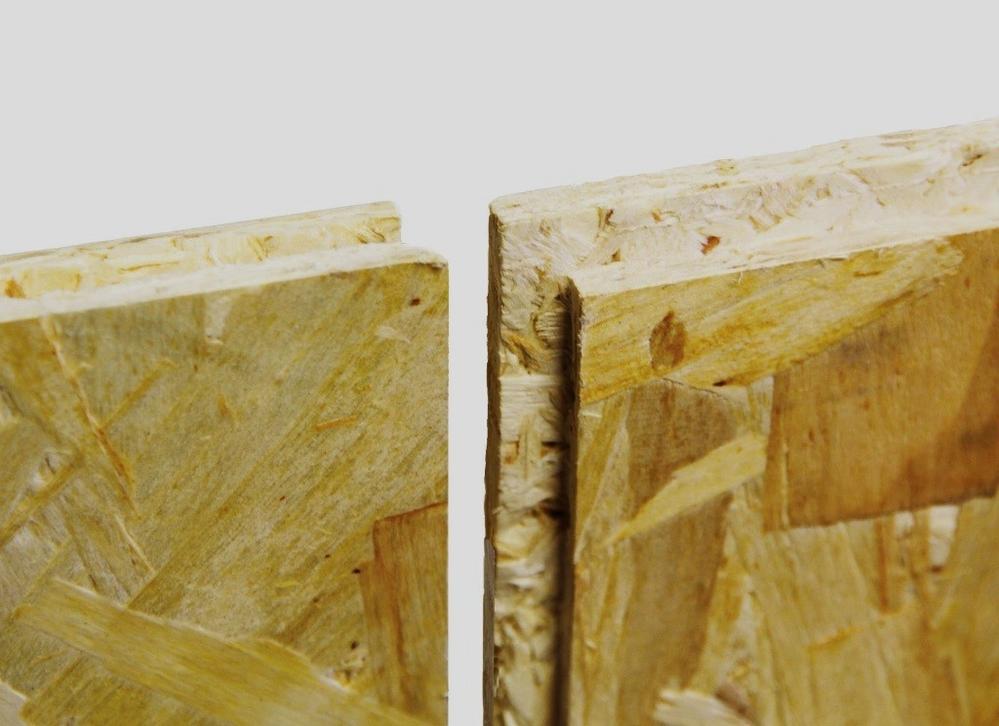The name OSB is an acronym for Oriented Strand Board , that is, oriented flake panel. It is in fact panels made from flakes of coniferous wood (fir, pine) with fiber oriented in various ways and glued under pressure.

The characteristic surface lets see the structure of the panel which has good mechanical characteristics.
In relation to the intended use we can choose between four categories of OSB with different characteristics.
- OSB1, for non-structural uses.
- OSB2, structural panels for dry use.
- OSB3, structural panels for wet use (melamine glue)
- OSB4, structural panels for wet and heavy loads (polyurethane glue).

There is also a tapped version on the market, to join the panels as you do with the beads.
The specific weight is around 600-660 kg/m 3 . They are traded in thicknesses 9 - 12 - 15 - 18 - 25 - 30 mm.
The maximum panel sizes are:
Width from 244 to 250 cm, Height from 122 to 125 cm.
| Type |
Thickness mm |
Price €/m 2 in Italy 2018 |
| OSB3
| 9 |
4,89 |
| OSB3
| 12 |
6.30 |
| OSB3
| 15 |
7.76 |
| OSB3
| 18 |
9.43 |
| OSB3
| 25 |
12.43 |
| OSB3
| 30 |
14,38 |
The father of OSB
OSB panels were invented by Armin Elmendorf in California in 1963.
Today more and more often they are used not only in construction but also to make furnishings, home interiors and even floors.
